Digital Photography Vibration Reduction Explained
http://froknowsphoto.com/super-secret-project-vr-explained
How many of you have been confused about what Vibration Reduction and Image Stabilization are really doing for you? Don't worry, you are not the only one who is confused by it. The marketing that the major companies have put into telling you that all you need in low light situations is VR or IS to get solid images is just misleading.
Some of the misconceptions are that VR/IS will help freeze a moving subject when shooting with a slower shutter speed. What is really going to happen when you shoot a moving subject such as basketball player with VR/IS on and a slow shutter speed is the subject will blur and the background will be sharp. VR/IS will not help you freeze motion, it will help counteract camera shake because you are shooting at a really slow shutter speed.
The lower end lenses like 55-200 VR or 55-300 VR are F/5.6 when zoomed out to 200. That means they are not letting a lot of light in. To counteract that you have to raise your ISO very high which will result in lower quality images just to get a usable shutter speed. This brings us to the next misconception, that VR/IS replace the need to spend a lot of money on faster 2.8 because you are getting 2-4 stops extra with VR. Let's take a look at this scenario, 70-200 F/2.8 zoomed out to 200 will still shoot at F/2.8. Now you can drop your ISO resulting in better quality images because you are legitimately letting in more light which results in faster shutter speeds.
If you were shooting @ F/5.6 at 1/40th at ISO 3200 with VR and you switched to a 70-200 F/2.8 you would be shooting somewhere around 1/250th F/2.8 ISO 3200. Now you have a fast enough shutter speed to freeze that basketball action without needing VR. This is why I talk about the importance of better or faster glass. I am not just telling you its better because its more money, I tell you its better because it allows you to capture images you are looking to capture easier.
I feel that many photographers who are just starting out get discouraged fairly quickly when they are getting un sharp images and not sure why. Many times they blame the camera when the real issue is the lens. I am not saying that better glass with make every one of your images better. I am saying that better glass will allow you a better chance of capturing the images you are looking to capture.
I own one lens with VR, the Nikon 70-200 2.8 VR2, most of the time it stays off. I don't want VR in most of my lenses, one its going to add price to the lens and two wide angle lenses are easier to hand hold and slower shutter speeds. Telephoto lenses do not draw as much light so VR can come in handy when shooting non moving objects.
Hopefully this clears up some of the confusion about VR and how it works.
http://froknowsphoto.com/super-secret-project-vr-explained
How many of you have been confused about what Vibration Reduction and Image Stabilization are really doing for you? Don't worry, you are not the only one who is confused by it. The marketing that the major companies have put into telling you that all you need in low light situations is VR or IS to get solid images is just misleading.
Some of the misconceptions are that VR/IS will help freeze a moving subject when shooting with a slower shutter speed. What is really going to happen when you shoot a moving subject such as basketball player with VR/IS on and a slow shutter speed is the subject will blur and the background will be sharp. VR/IS will not help you freeze motion, it will help counteract camera shake because you are shooting at a really slow shutter speed.
The lower end lenses like 55-200 VR or 55-300 VR are F/5.6 when zoomed out to 200. That means they are not letting a lot of light in. To counteract that you have to raise your ISO very high which will result in lower quality images just to get a usable shutter speed. This brings us to the next misconception, that VR/IS replace the need to spend a lot of money on faster 2.8 because you are getting 2-4 stops extra with VR. Let's take a look at this scenario, 70-200 F/2.8 zoomed out to 200 will still shoot at F/2.8. Now you can drop your ISO resulting in better quality images because you are legitimately letting in more light which results in faster shutter speeds.
If you were shooting @ F/5.6 at 1/40th at ISO 3200 with VR and you switched to a 70-200 F/2.8 you would be shooting somewhere around 1/250th F/2.8 ISO 3200. Now you have a fast enough shutter speed to freeze that basketball action without needing VR. This is why I talk about the importance of better or faster glass. I am not just telling you its better because its more money, I tell you its better because it allows you to capture images you are looking to capture easier.
I feel that many photographers who are just starting out get discouraged fairly quickly when they are getting un sharp images and not sure why. Many times they blame the camera when the real issue is the lens. I am not saying that better glass with make every one of your images better. I am saying that better glass will allow you a better chance of capturing the images you are looking to capture.
I own one lens with VR, the Nikon 70-200 2.8 VR2, most of the time it stays off. I don't want VR in most of my lenses, one its going to add price to the lens and two wide angle lenses are easier to hand hold and slower shutter speeds. Telephoto lenses do not draw as much light so VR can come in handy when shooting non moving objects.
Hopefully this clears up some of the confusion about VR and how it works.
http://froknowsphoto.com/super-secret-project-vr-explained

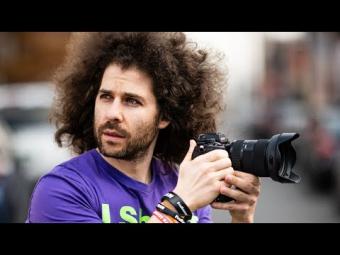
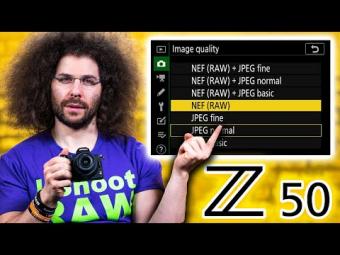
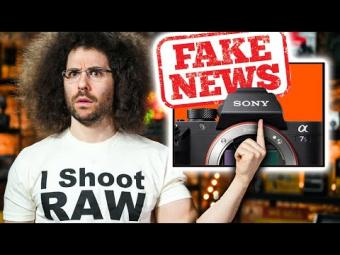
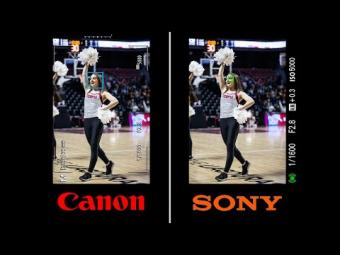
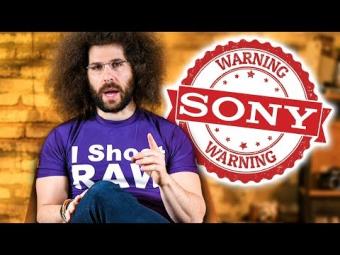
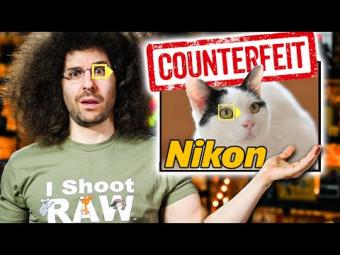
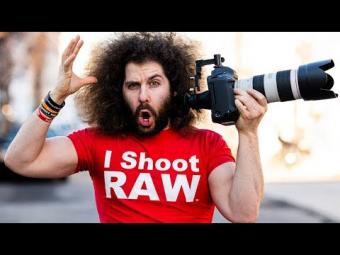
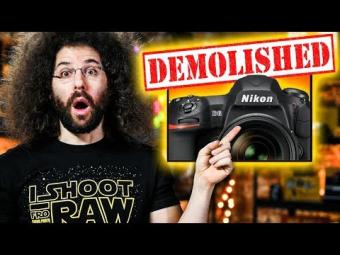
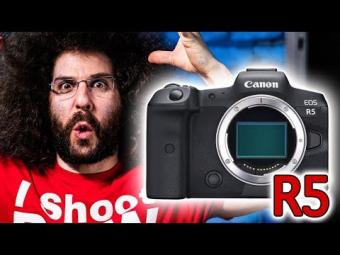
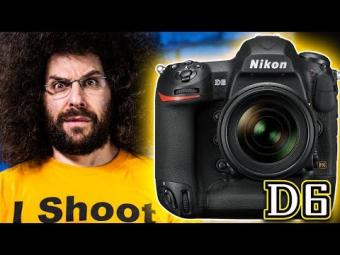
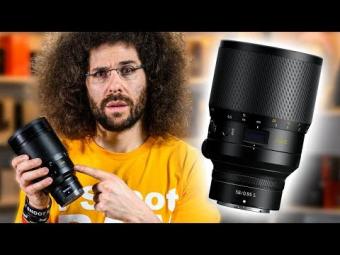
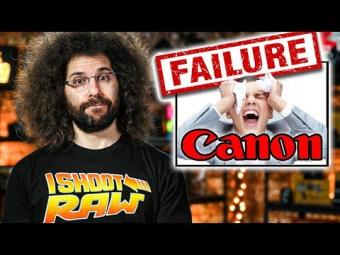
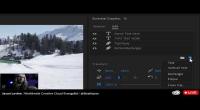


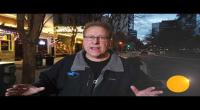
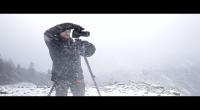
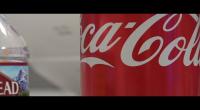
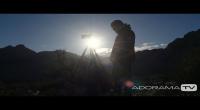


YORUMLAR